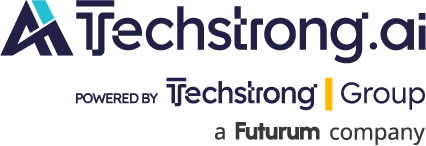Synopsis: In this Techstrong.ai Leadership Insights Interview, Voxel51 CEO Brian Moore dives into the current state of visual artificial intelligence (AI) adoption and the journey ahead.
Brian Moore discusses why so many visual AI projects—those designed to detect, analyze, or automate vision-based tasks—struggle to reach production.
Moore notes that while AI’s promise in fields like manufacturing, logistics, and workplace safety is enormous, most initiatives remain stuck in the experimental phase. Studies, including from Harvard Business Review, show that as many as 70% of enterprise AI projects never make it into production. The reasons, he says, are rarely about technology alone.
For visual AI in particular, the complexity of real-world conditions creates unique challenges. Lighting, camera placement, and environmental variability can all undermine model accuracy. Many organizations underestimate the cost and difficulty of maintaining high-quality, continuously updated datasets. Others fail to connect AI models to operational workflows that actually drive business value.
Voxel51’s approach focuses on bridging that gap between promising prototypes and measurable impact. By combining computer vision with real-time analytics and workflow automation, the company helps organizations translate raw visual data into actionable insights—reducing workplace incidents, improving efficiency, and generating ROI that justifies scaling AI across sites.
Moore emphasizes that the road to success requires both patience and pragmatism: deploying smaller, clearly defined use cases, building feedback loops for model improvement, and aligning data scientists with domain experts. As he puts it, “AI doesn’t fail because it doesn’t work—it fails because it isn’t operationalized.”
This conversation offers a candid look at what it takes to move visual AI from pilot to production—and why the next generation of computer-vision projects will depend as much on process and people as on algorithms and GPUs.

